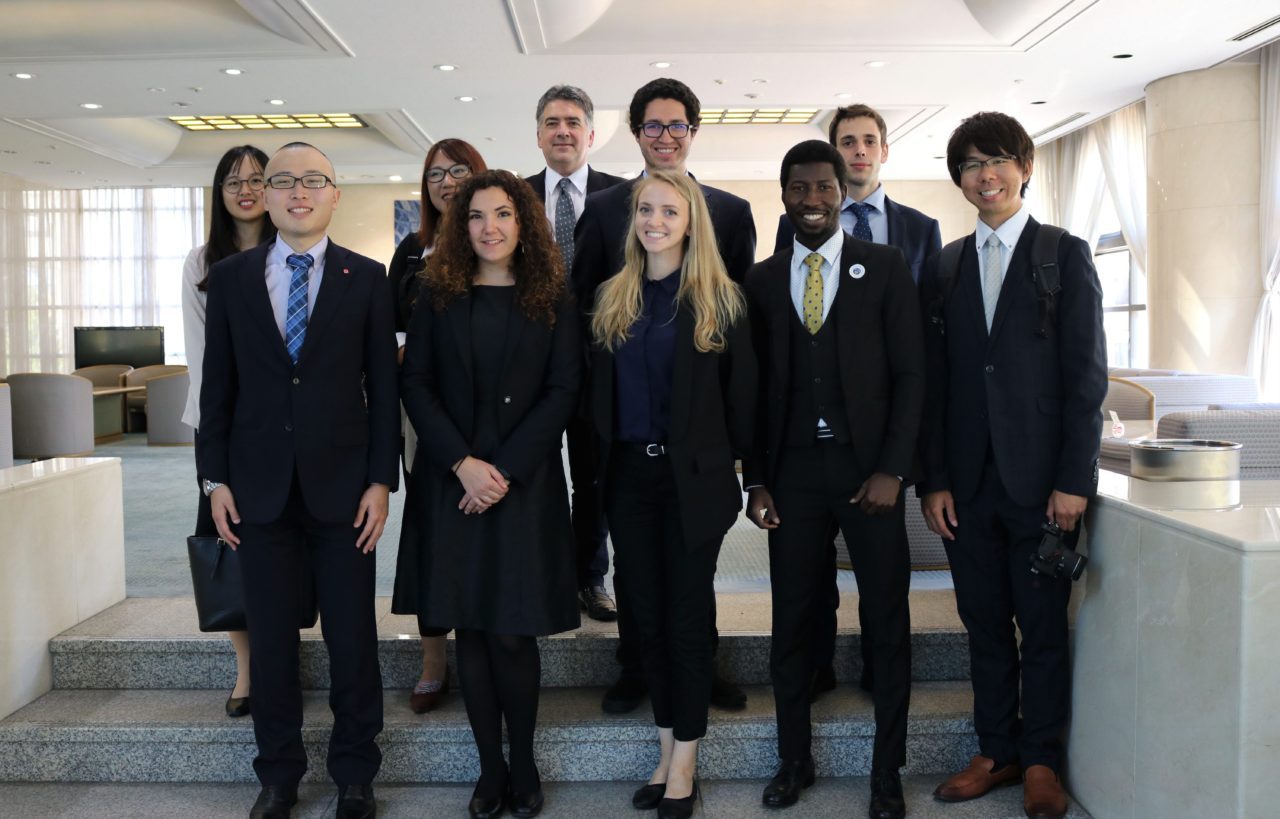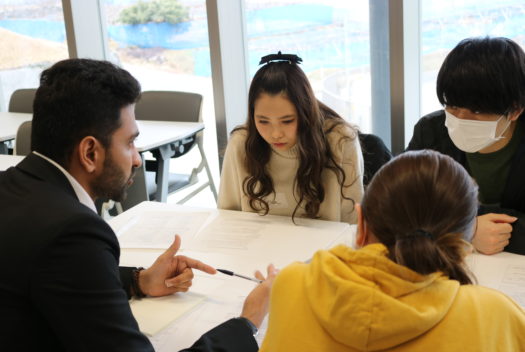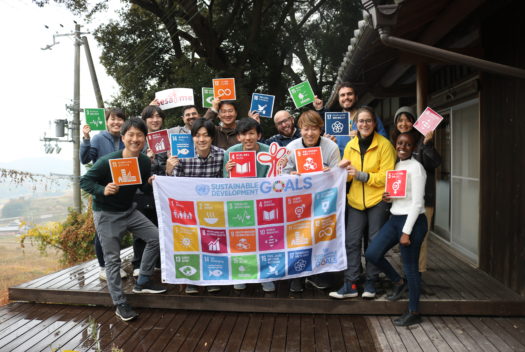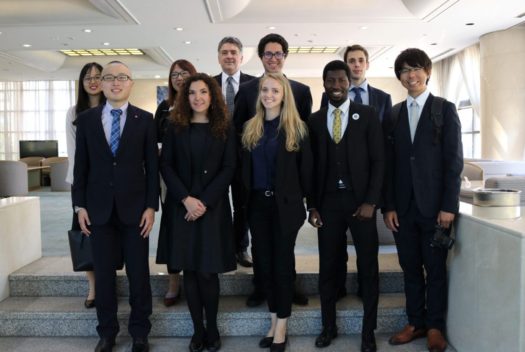[INTERVIEW] Terrie Lloyd, CEO of Japan Travel KK talks about tourism industry
Although Awajishima has some scenic areas, these are not truly outstanding when compared to nearby alternatives, such as the hinterland of Kyoto and the Kyotango peninsula for example. Instead, Awajishima has to create unique festivals and attractions that can’t be found elsewhere.

- Category: #Interview #Awaji #regional revitalization #tourism
- Interview date: Sep 11th, 2018
- Writer: KamilQuestion: What is the importance of tourism to Japanese economy now? How do you expect that it will develop in the coming years?
Mr. Lloyd:
There are three distinct tourism markets in Japan but only one of them is growing substantially.
- The traditional and largest market is domestic tourism, where Japanese mostly older folks are taking upwards of 350MM trips a year. Spending on such trips is relatively low.
- The second sector is the Japanese outbound sector, which sees a bit more than 17MM people travel abroad every year. Spending here is higher, but of course is captured overseas, and so bring little economic benefit to Japan.
- The third sector and the one that is creating so much interest is the inbound sector. From a low of just 6.5MM inbound tourists in 2011, the country is now receiving upwards of 30MM (estimated for FY2018) this year. Spending by those inbound foreign tourists is expected to exceed JPY4trn this year.
I expect the inbound sector to continue growing at least until the Tokyo Olympics in 2020. My personal expectation is that the number will top out at somewhere between 35MM~50MM. This upper ceiling will be caused by overcrowding and rising prices. Either way, this is still an amazing number, and thanks to the prodigious spending by foreign tourists, the inbound sector now earns about 1% of Japan’s GDP.
After 2020, I expect tourism increases to either tail off or decline a bit, until more people start to discover the joys of countryside Japan and not just the major cities and tourist attractions. In time, Japan will become to Asia what the UK is to Europe – a favorite weekend jaunt to shop and experience.
How do you think tourism can contribute to regional revitalization? In your experience, what are the critical factors that attract foreign tourists to Japan?
Mr. Lloyd:
There is an emerging trend among younger free independent travelers (FIT) throughout East Asia, who are discovering that they like going to Japan for food, culture, and the outdoors at least 2-3 times a year. Indeed, it’s the same as Japanese families going to their favorite countryside onsen several times a year. These repeat tourists are the key to developing the regions. As they explore, they will find areas that they resonate with, and which they want to repeatedly visit – perhaps even buying a holiday home in the area so that they have a base there. You can already find this phenomenon of foreigners buying “besso” in towns like Yufuin (Kyushu), Kushiro (Hokkaido), Niseko (Hokkaido), and Yuzawa (Honshu). I expect this trend to increase markedly, especially since foreigners are allowed to freely buy real estate in Japan. Chinese people can’t even own real estate in their own country, so Japan is doubly attractive to them.
The critical factors to attract foreign tourists to Japan are already in place, being: easy visas, low yen, good access through low-cost airlines, freedom to travel, and freedom to invest.
The factors required to attract foreign tourists to specific countryside areas are a bit different, because you are now talking about competing with already existing traditionally attractive and more famous locations such as Hakuba ski fields, Kyoto traditional alleyways, and Hokkaido’s wide open spaces. Generally speaking, the best way to get foreign tourists to go to otherwise overlooked destinations, and especially those destinations with not many naturally attractive features, is to create unique experiences. People will travel far to experience a colorful spectacle, such as the Nebuta festival in Aomori, or the Yosakoi dances in Kochi.
What do you consider to be the untapped potential value of Awaji-shima as a tourist destination?
Mr. Lloyd:
Although Awajishima has some scenic areas, these are not truly outstanding when compared to nearby alternatives, such as the hinterland of Kyoto and the Kyotango peninsula for example. Instead, Awajishima has to create unique festivals and attractions that can’t be found elsewhere. With the efforts by Pasona, I can see the glimmerings of a possible future, but to get to this future, a substantial amount of investment in people, services, and facilities needs to be made. Currently everyone is still learning how to improve the depth and professionalism of these efforts.
One key factor to the success of “manufacturing” a tourist attraction is that you need to invest in “software”, something which many Japanese local governments and corporations find difficult – they’d rather focus on land and building things. I think it’s important that the many innovative ideas coming out of the Pasona-related organizations be given strong support not only from the company but also from the community, so that they can put down strong roots and grow into something exciting and compelling. At some point, one of these activities will go viral and start pulling large numbers of people.
Which kind of foreign tourists should we be trying to attract to Awaji-shima, and how can we add value to their experience?
Mr. Lloyd:
That’s simple to answer. Awajishima needs to attract tourists looking for experiences. I don’t think the AYF needs to over-think just which demographic such people come from, but it’s clear from the investments so far that the company is most looking to attract people who are East Asian, family oriented, and very familiar with Japan (i.e., they are repeat travelers).
It’s worth pointing out that given how close Awajishima is to the Kansai International Airport, that repeat tourists would be far more likely to travel to Awajishima as part of their regular pilgrammage to Japan if they had easier, quicker access to the island, and that once there, they had a wide range of activities to enjoy. So these are the keys to success – who will develop and apply them? In some ways, Awajishima should have a similar infrastructure to a large version of Disneyland – complete with full immersion experiences and ultra-safe automated transport methods in between. After all, Universal Studios is a huge tourist magnet is Osaka, so why can’t Awajishima compete with its own attractions?





